I’m often asked about the swing arm wall sconces flanking our bed. Are they adjustable? Are they hardwired? At what height are they mounted? How do you power them on/off? What types of bulbs do you use? This is my attempt to address those questions but I should give you fair warning: There is no one-size-fits-all answer. Different people have different needs when it comes to bedside lighting. You should choose what works for your lifestyle, but maybe the information below will give you a gauge if you’re considering bedside sconces.
We have a pair of the House of Troy Addison swing arm lamps in antique brass. The sconce is adjustable horizontally, not vertically. The arm is hinged and the brass shade rotates. It is a little stiff to move but holds positions well. Typically, we don’t adjust the sconces. We purposefully mounted them so that they were in functional positions from the start.
The sconces are not hardwired. They plug in to an outlet behind the headboard. Each sconce came with a matching 30″ brass cord cover which we used in the space between the top of the nightstand and the backplate. If you like the clean look of a hardwired sconce but for whatever reason aren’t able to install one, a plug-in design with a quality cord cover is a great option.
Before mounting the lights, I searched for hard and fast rules regarding the recommended height of bedside wall sconces. What I found were general guidelines. The most practical tip I came across (and ultimately used) was to get into bed in my regular reading position then measure from the floor to a few inches above my shoulder. The measurement is a rough estimate of how high the bottom of the shade should be positioned.
Of course, this measurement is influenced by numerous factors: the height of the bed, an individual’s height, preferred reading position, the needs of sleeping partners, etc. Our bed is relatively low. It’s 24″ from the floor to the top of the mattress. I’m relatively short. I’m 5’4″ with shoes on, on a good day. I prefer to read in a reclining position with my knees up, not sitting straight yet not lying flat. Steve isn’t much of a bedtime reader and, on the rare occasion he does read in bed, he usually lies flat with only his head propped on a pillow. That’s why our sconces are mounted mostly to my specifications. (If you have a shorter/taller sleeping partner, you may need to compromise on the height of bedside lighting or consider a sconce that adjusts vertically as well as horizontally. Obviously, you don’t want to mount one sconce higher than the other.)
When I stepped back and eyeballed the lamps at the height just above my shoulder, they felt too low. (Probably because our bed is low and I’m short.) In the end, I decided to mount the bottom of the shade 50″ from the floor, roughly 8″- 10″ above my shoulder when reading in bed. This height is consistent with another tip I came across which was to mount the shade ~24″ from the top of the nightstand. The distance between our nightstands and sconces is 26″.
Personally, I like the look and function of sconces mounted off to the side rather than directly above a headboard. (Additionally, the placement of a window above our bed wouldn’t allow for sconces mounted above the headboard.) For swing arm lamps, I like the shades to overlap the width of the headboard just a little for a layered effect. The distance between the cord cover and the edge of our headboard is 8″.
There is a small rotary switch at the shade to turn the light on/off. It’s easily reached from bed so there’s no need to walk across the room half-asleep to flip a switch. Initially, I put a 60 watt incandescent bulb in each lamp. Steve was always complaining the bulbs were too bright. I tried a small book light but it didn’t pass the Prince and the Bulb test either. Steve bought me an e-reader for my birthday to try to resolve the problem (and because I asked for one). It works great for most books but I can’t completely quit real books and glossies.
Recently, the kind folks at Ace Hardware offered to send me LED replacements for the sconces. I was put in touch with one of their lighting experts to determine which bulbs would be the best fit for our needs. I learned so much about LEDs! For instance, when it comes to LED bulbs “lumens” refers to brightness. 800 lumens is comparable to a traditional 60 watt bulb. Also, different LED bulbs give off different temperatures of white light. “Soft white” bulbs give off warm and cozy light while “daylight” bulbs have a cooler tone. For LEDs, the higher the Kelvin (K) temperature, the cooler the light. Bulbs <3000K are considered “soft white”; bulbs >4600K are considered “daylight.”
When it came to choosing LED bulbs for the sconces, I knew I wanted them to be comparable to 40-60 watts of incandescent light. Since the sconces are in our bedroom, I wanted a soft, warm light as opposed to a cool light. A 500 lumens 3000K LED bulb ended up being the sweet spot for our bedside lighting needs. (All images in this post except the one above labeled ‘incandescent’ show the light given off by the new LED bulbs at dusk on an overcast day.)
I can’t get over the difference. The LED light is pure yet warm and cozy at the same time. It’s the best of both worlds. The incandescent reads orange and dirty in comparison. The LED bulbs better portray the true colors of the walls and textiles in our north-facing bedroom. Steve still says my reading light is too bright when he’s trying to sleep. At this point, I think he would say any light was too bright. So I ordered a manly sleep mask for him ;) These are the little secrets to happy marriages, folks!
Truthfully, I have been slow to jump on the LED bandwagon. We installed LED over- and under-cabinet lighting in our kitchen and, at the time, it was an expensive extra. However, after realizing how much we use it and how much it affects our everyday living, it’s been a worthy investment. We use the cabinet lighting as ambient lighting during early mornings and late evenings. By day, we let natural light from windows, french doors and skylights do its thing. By night, we mostly rely on ambient light for a soft glow. Steve and I are both strongly averse to harsh, blue lighting. I swear, we’re part vampire.
A few weeks prior to collaborating with Ace Hardware, the incandescent above our kitchen sink burned out and I hastily grabbed an LED replacement at a local grocery store. I didn’t pay attention to the specs (size, lumens, Kelvin, etc.) and, as a result, the bulb is way too bulky, bright and cold for my taste. And I’m stuck with it for at least the next 15 years! Bummer. But now that I’m familiar with the LED lingo, I’m looking forward to switching out our remaining incandescents with soft white LEDs as they burn out.
Do you have any tips for mounting bedside sconces? Do you and your spouse have different bedtime lighting needs? Have you figured out which LED bulbs suit your home best? I inadvertently came across these easy plug-in LED dimmers that allow dimmable LED bulbs to be dimmed when/where hardwired dimmer switches aren’t possible. Pretty cool!
*This post sponsored in part by Ace Hardware. Thank you for supporting the brands that support this blog.
images: Dana Miller for House*Tweaking
Article Source: Thoughts on Bedside Sconces
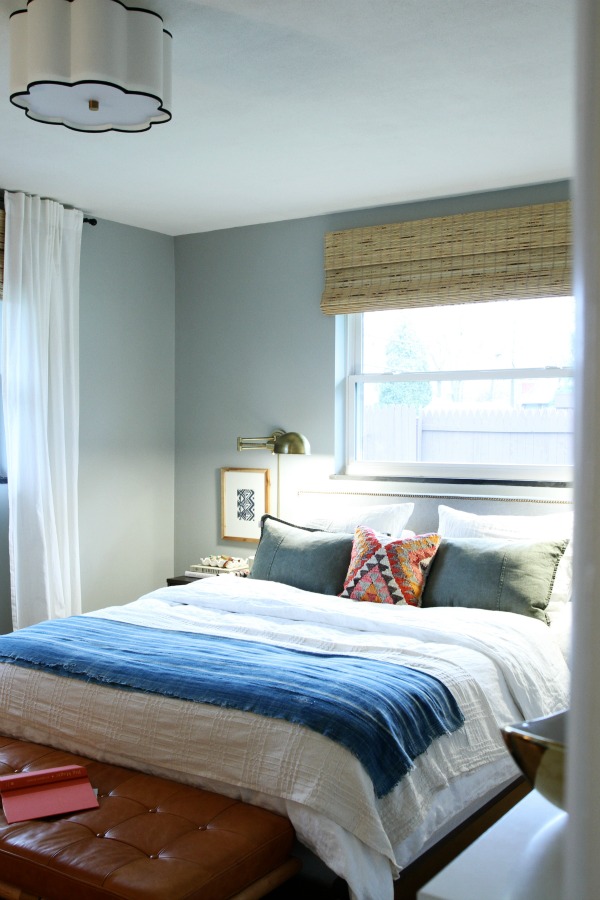
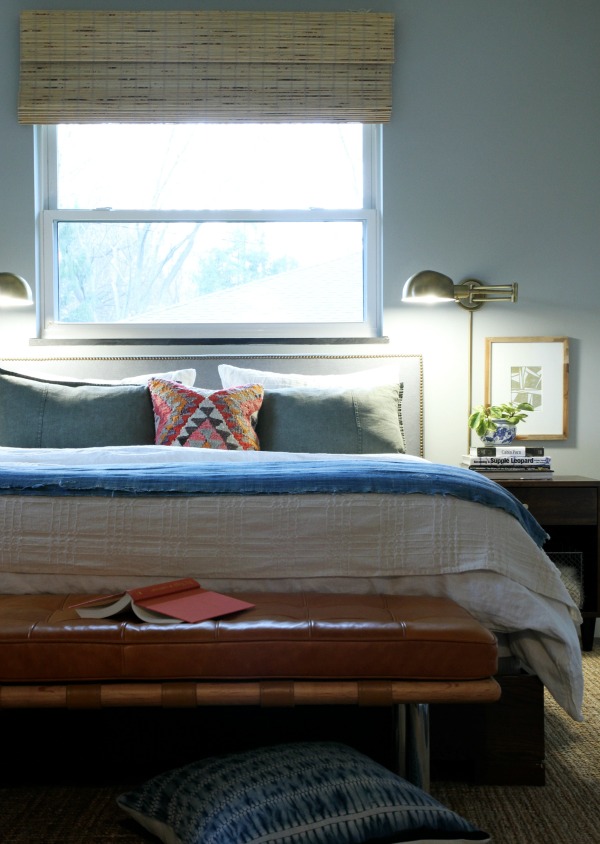
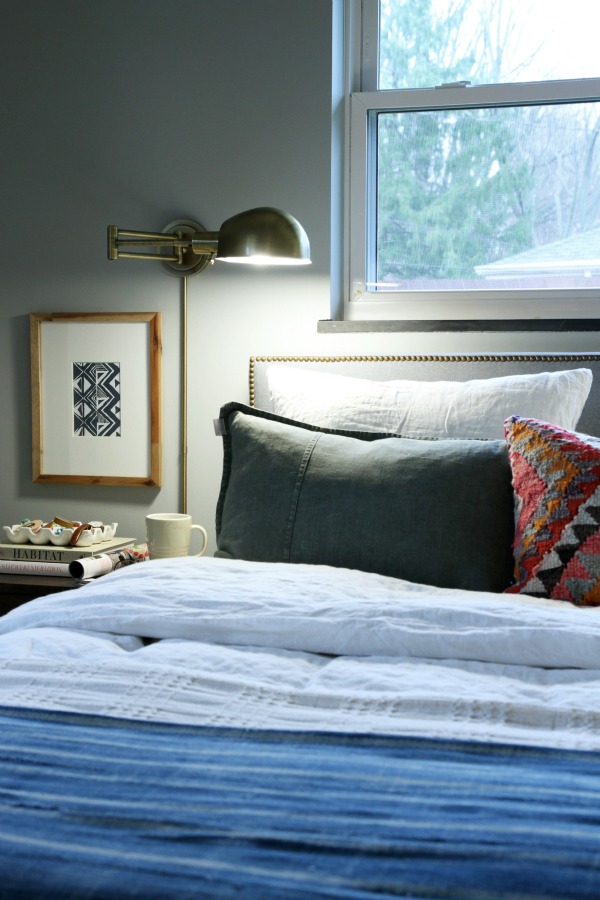
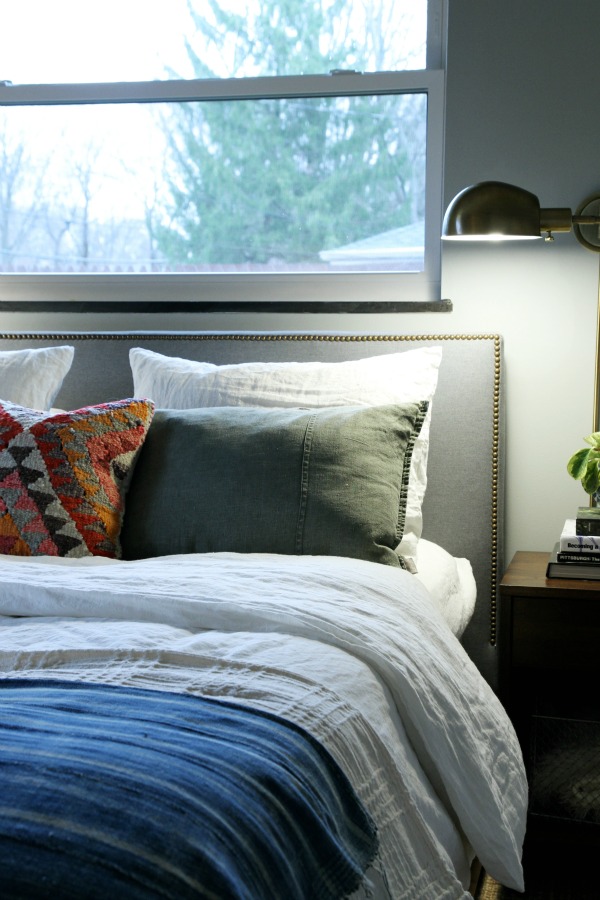
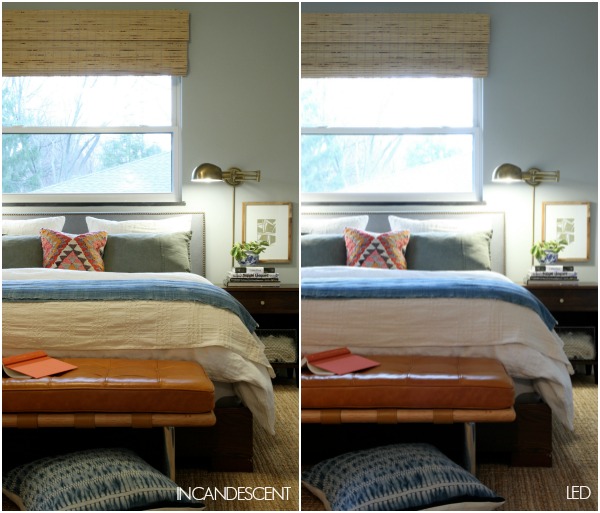
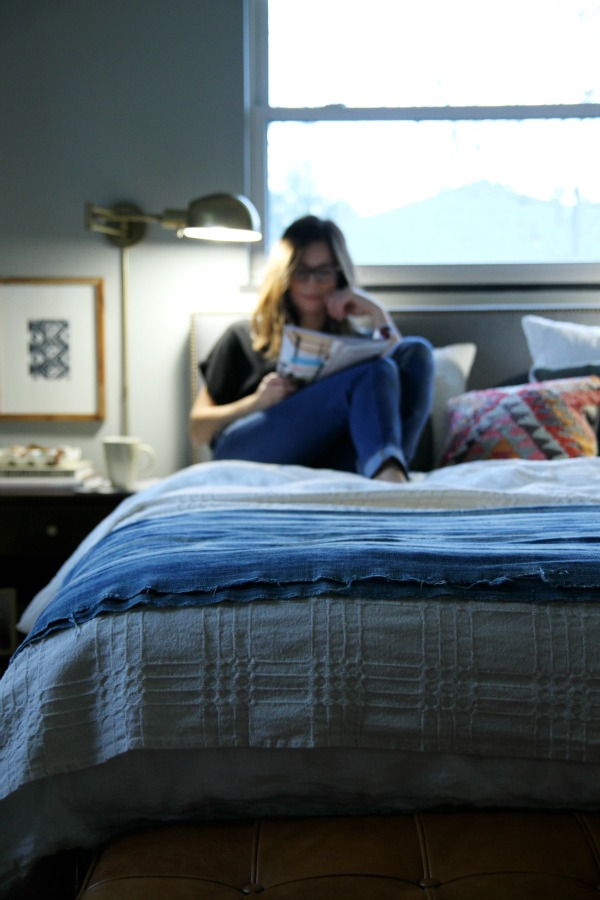
No comments:
Post a Comment